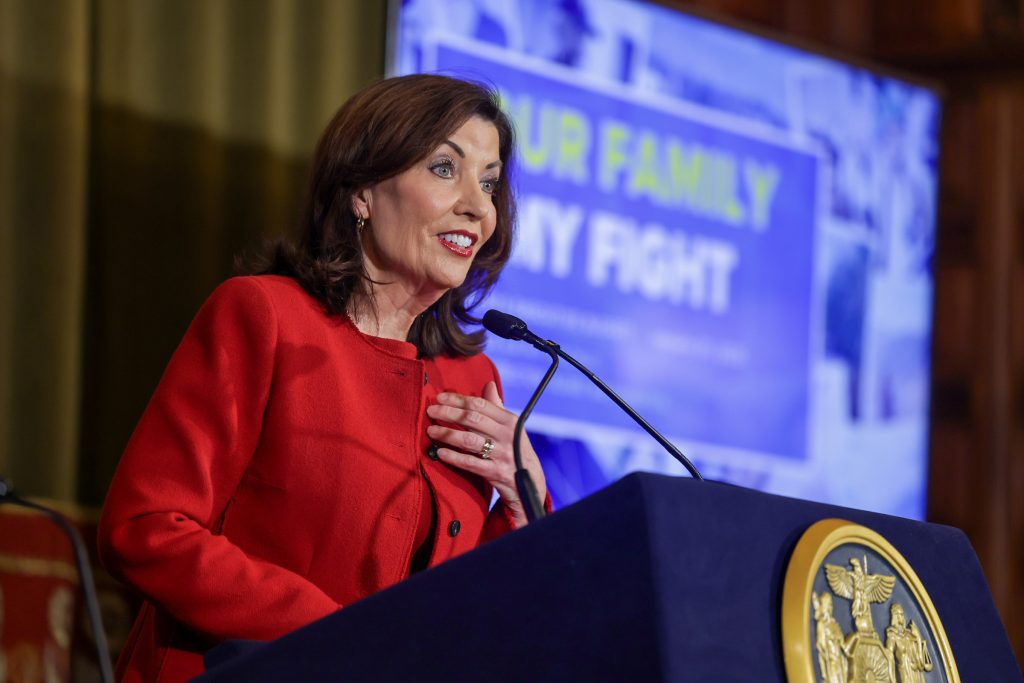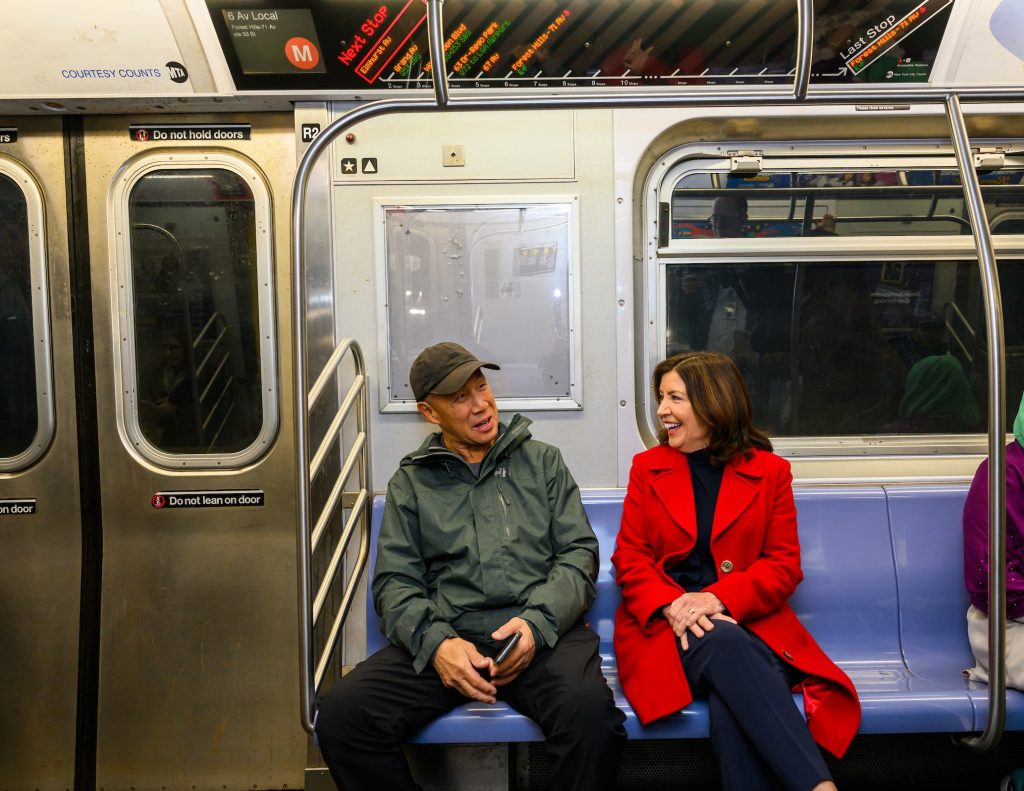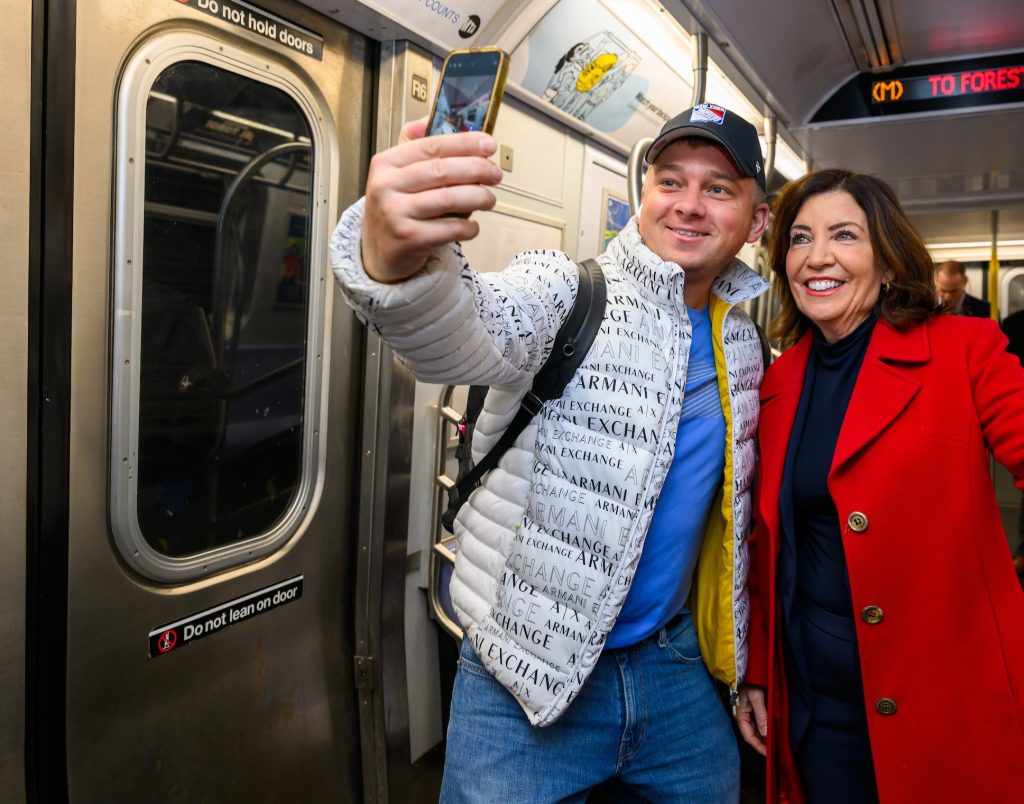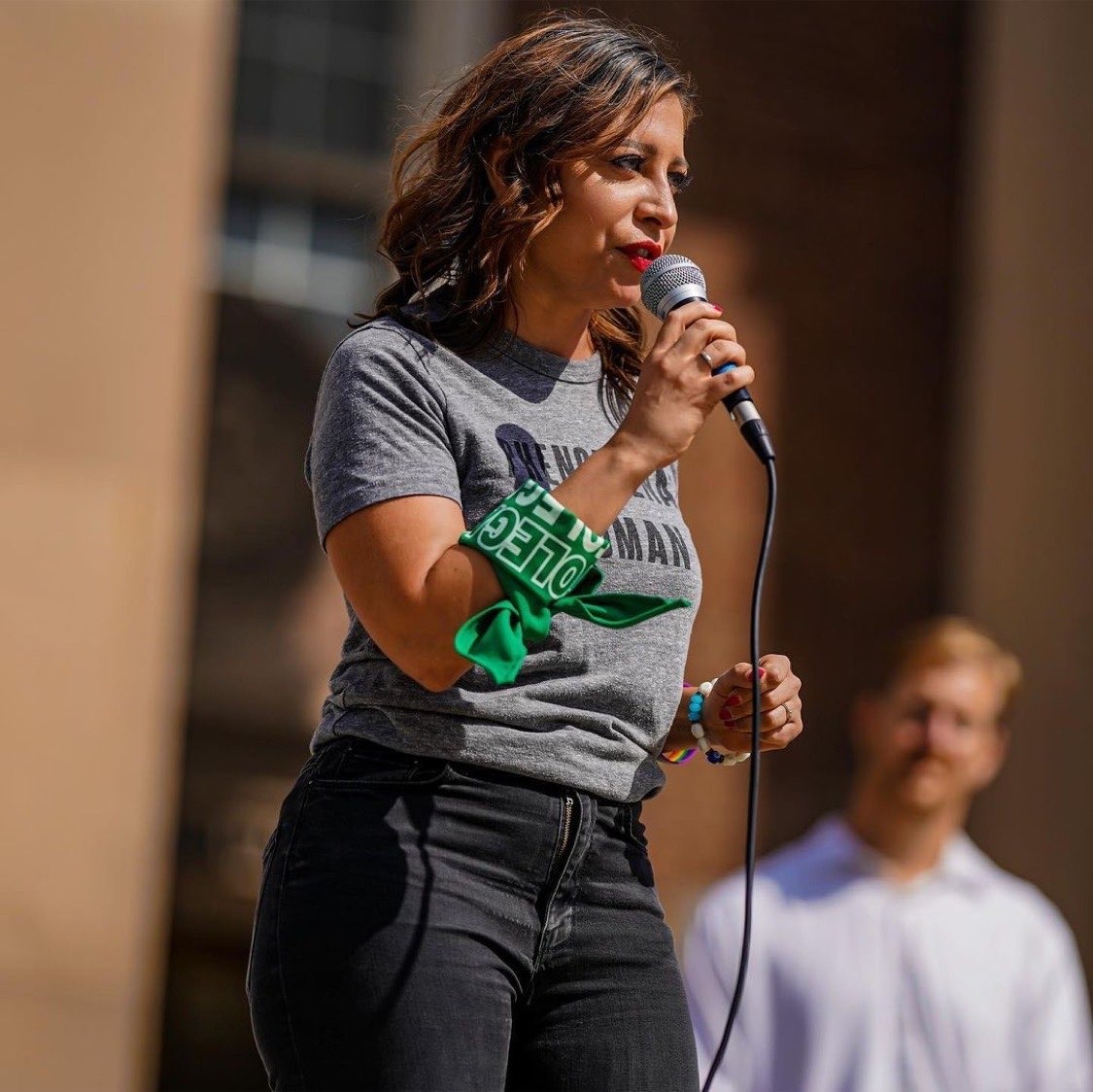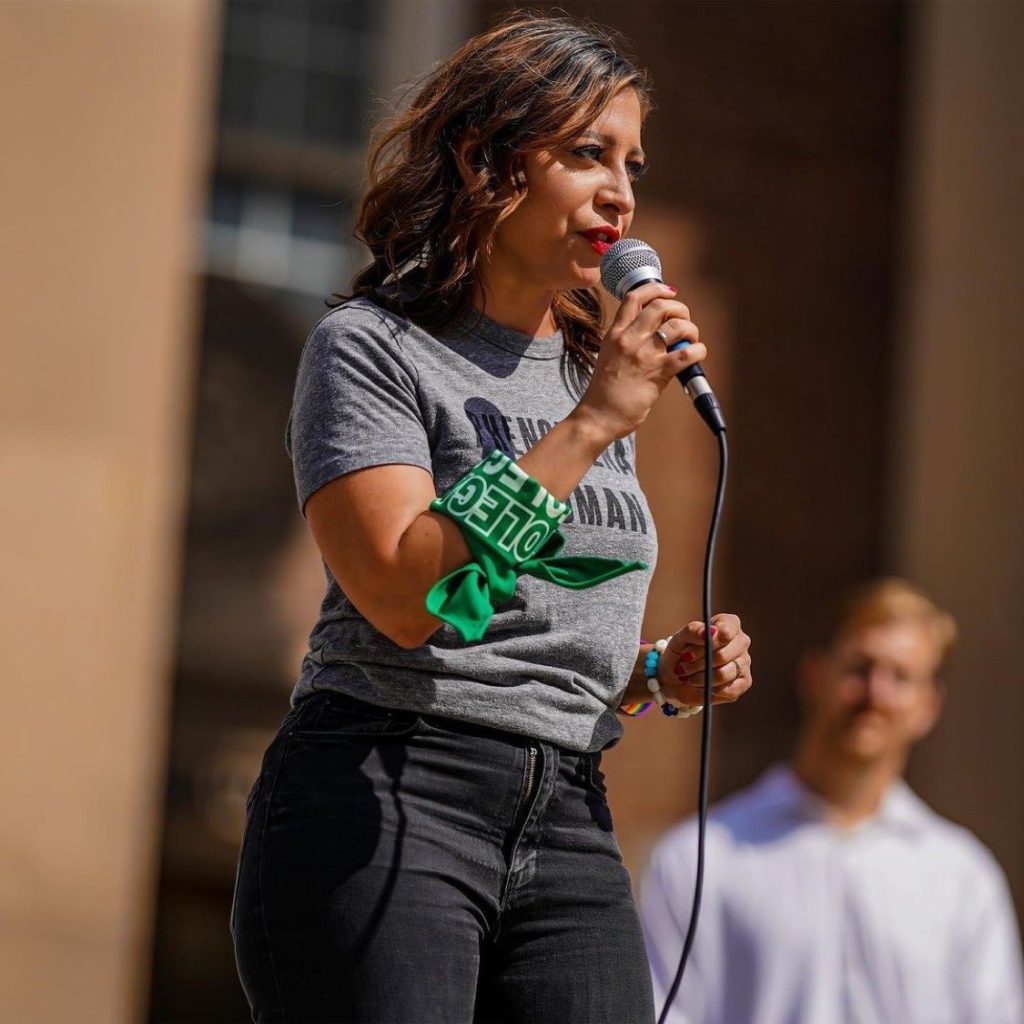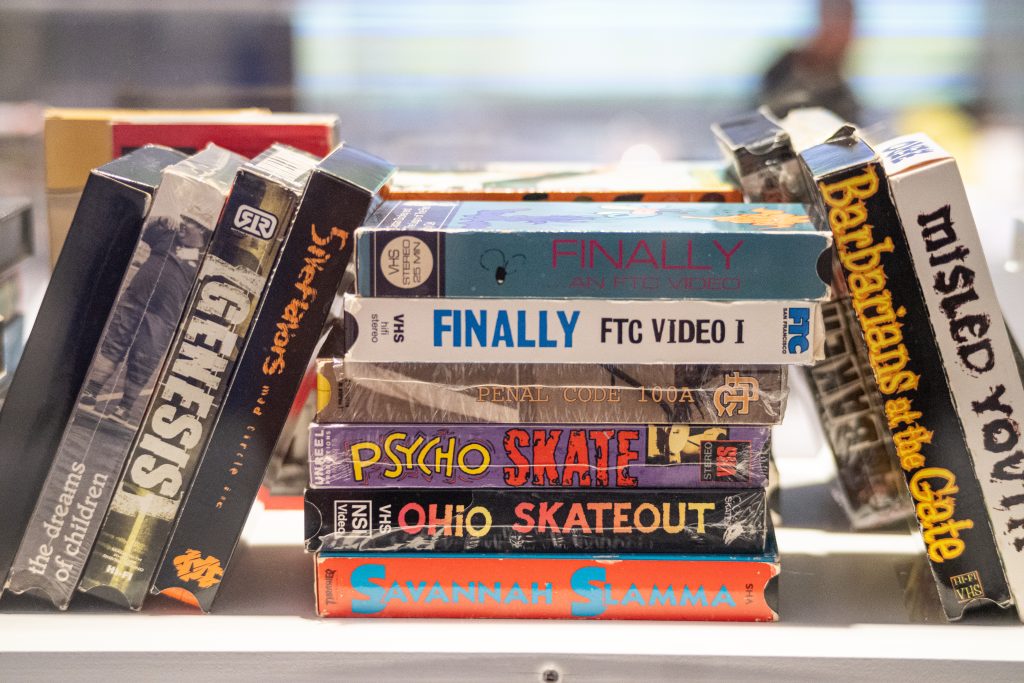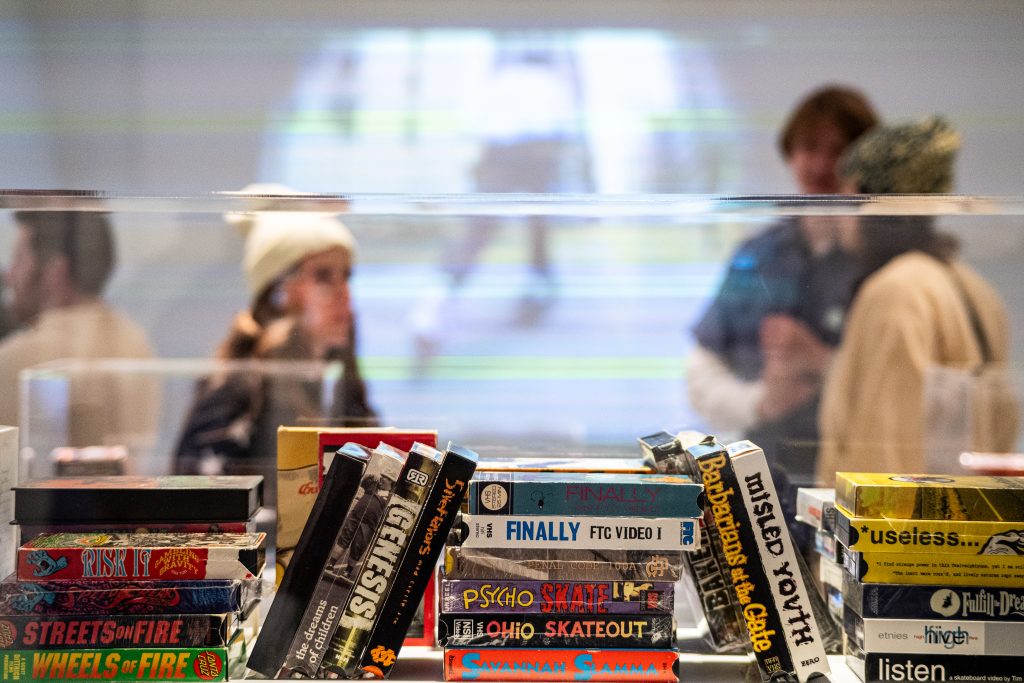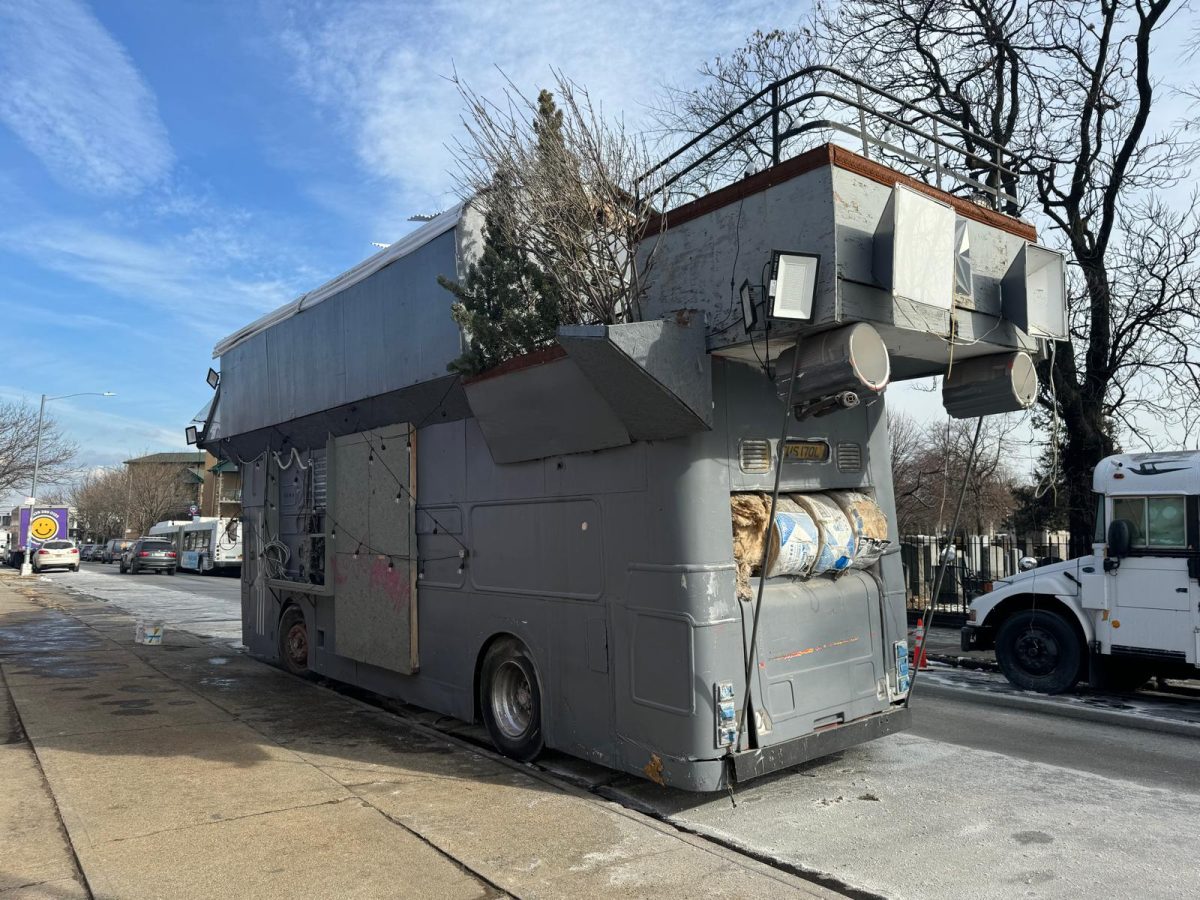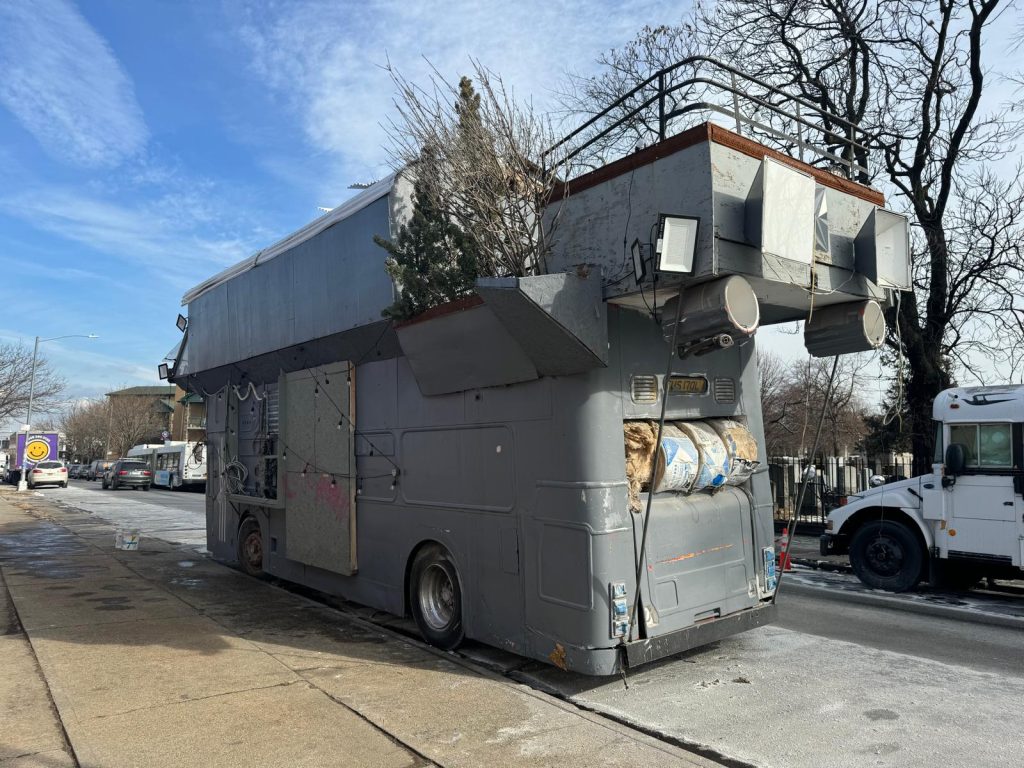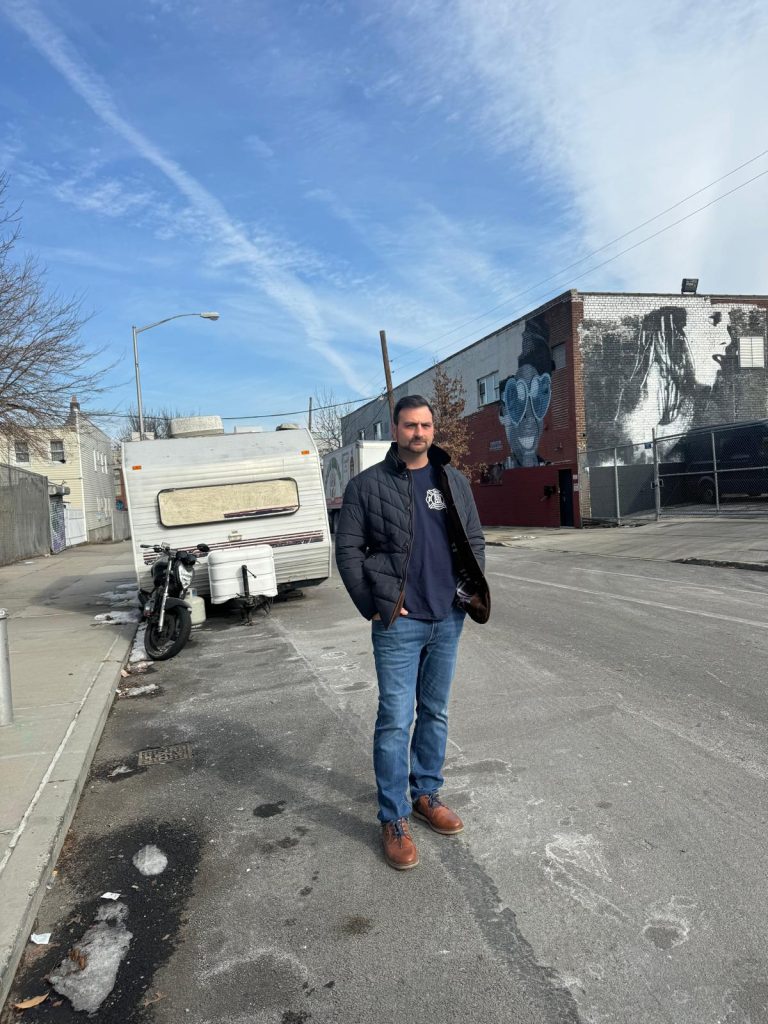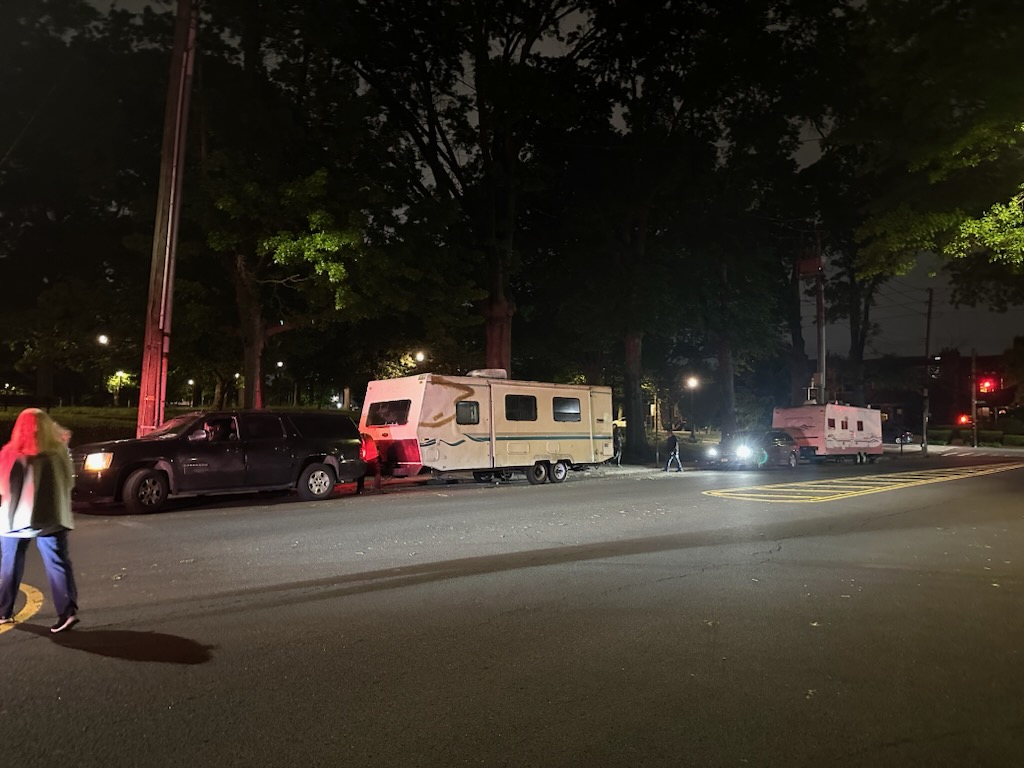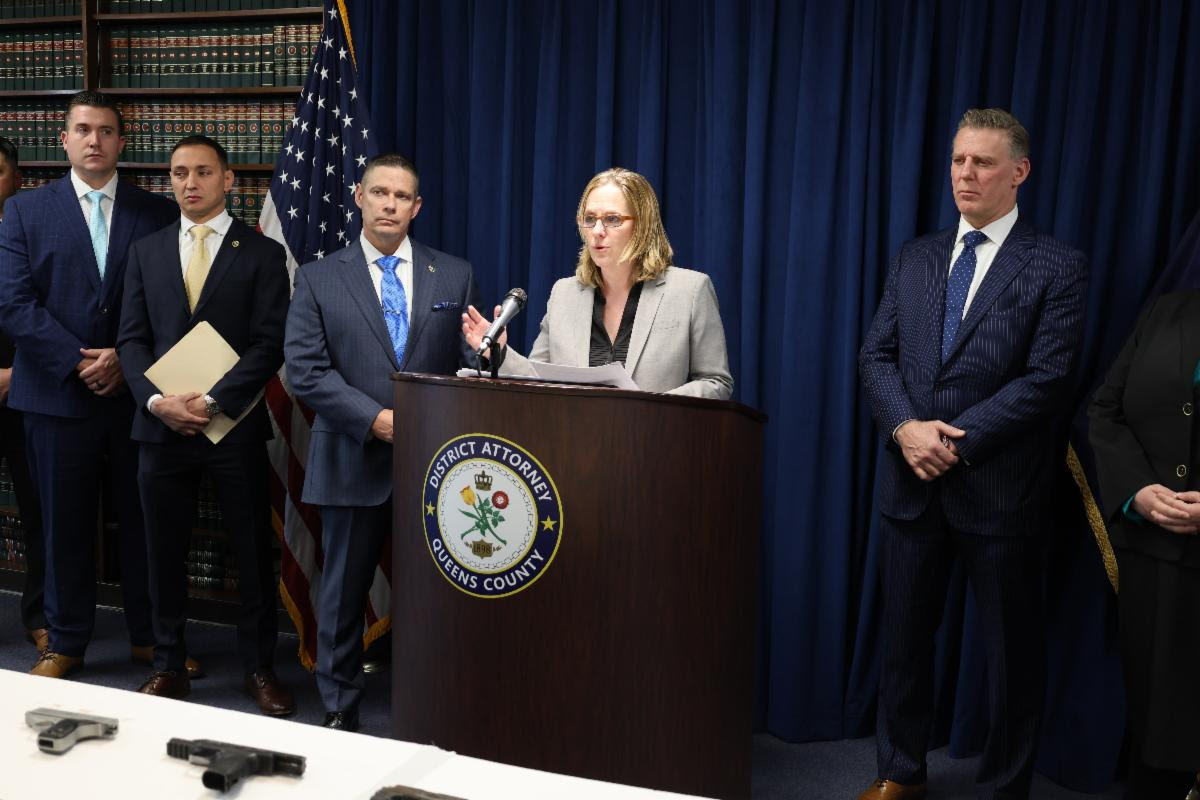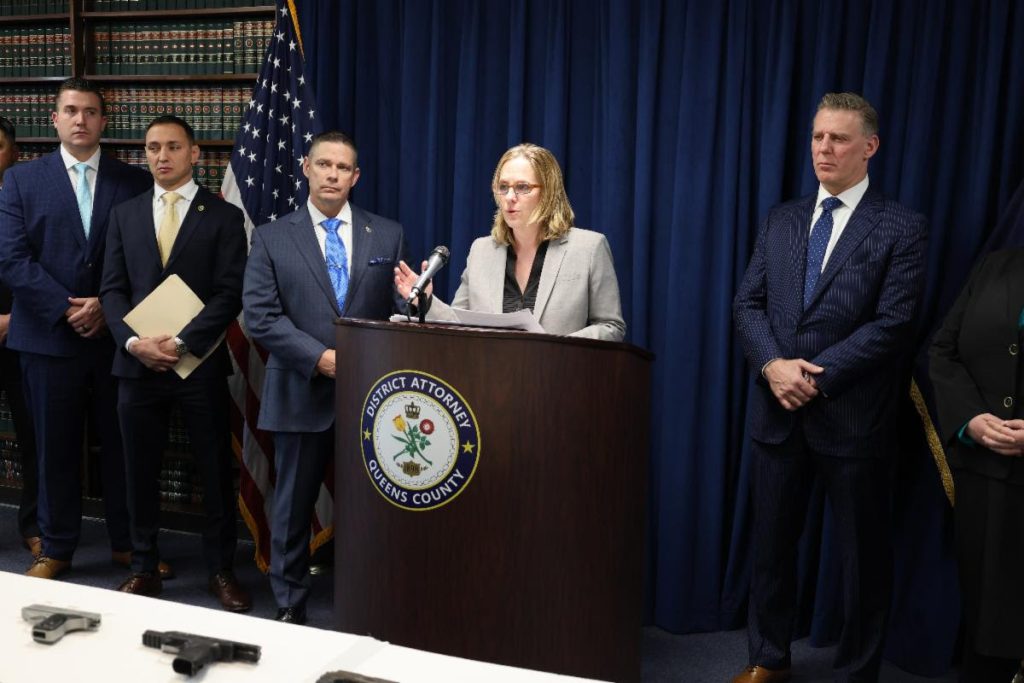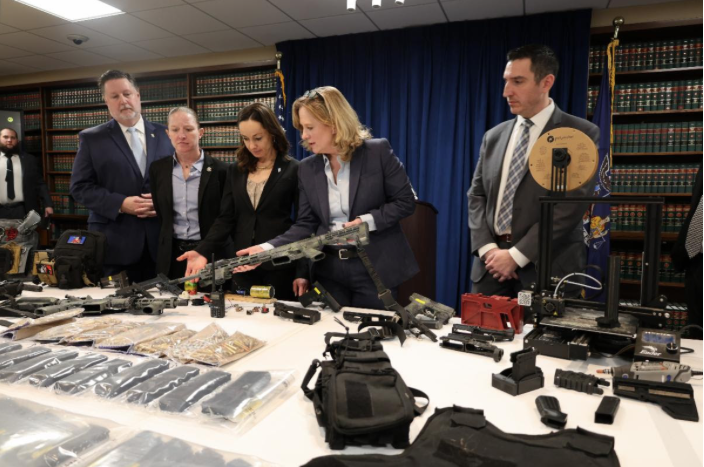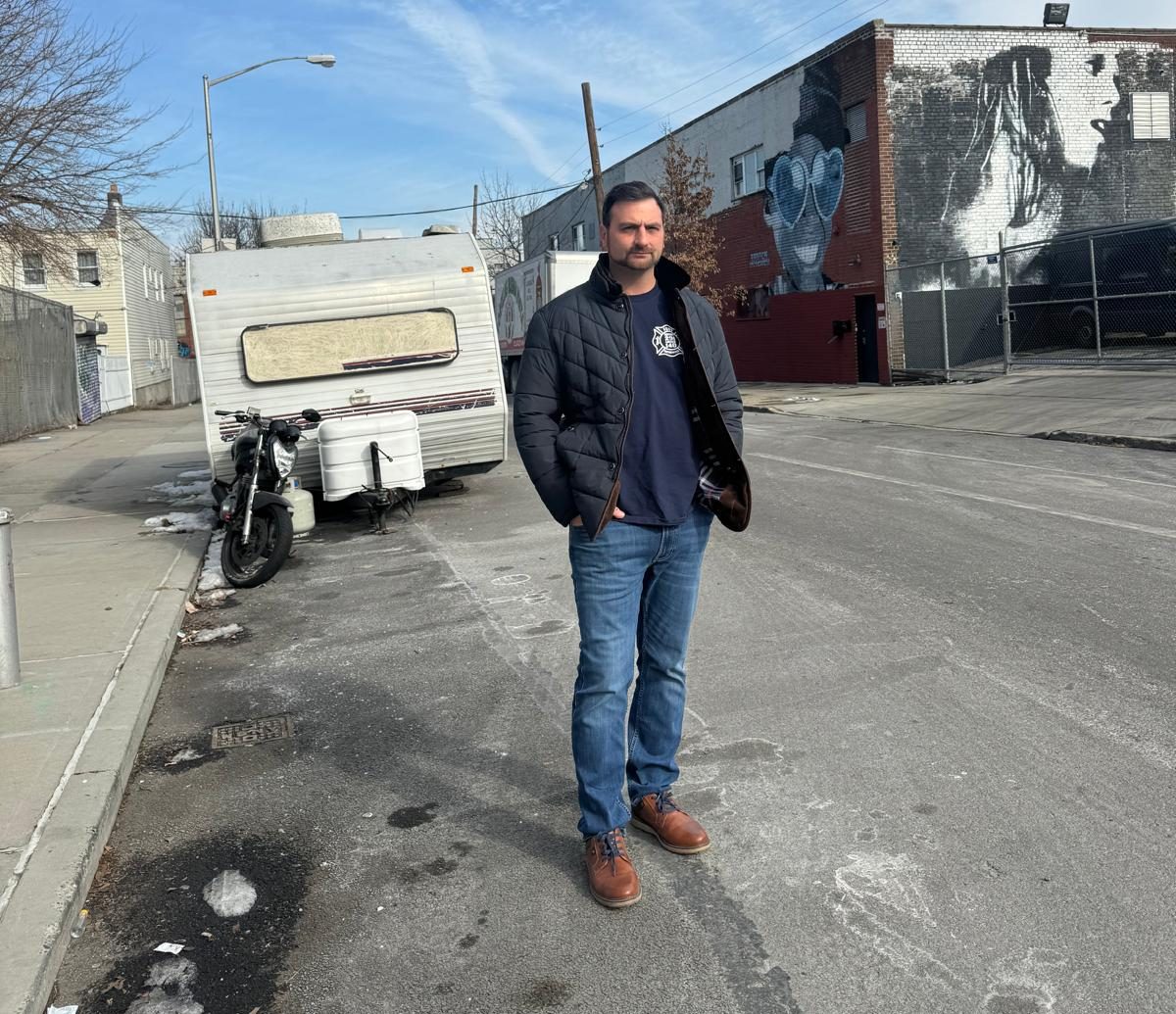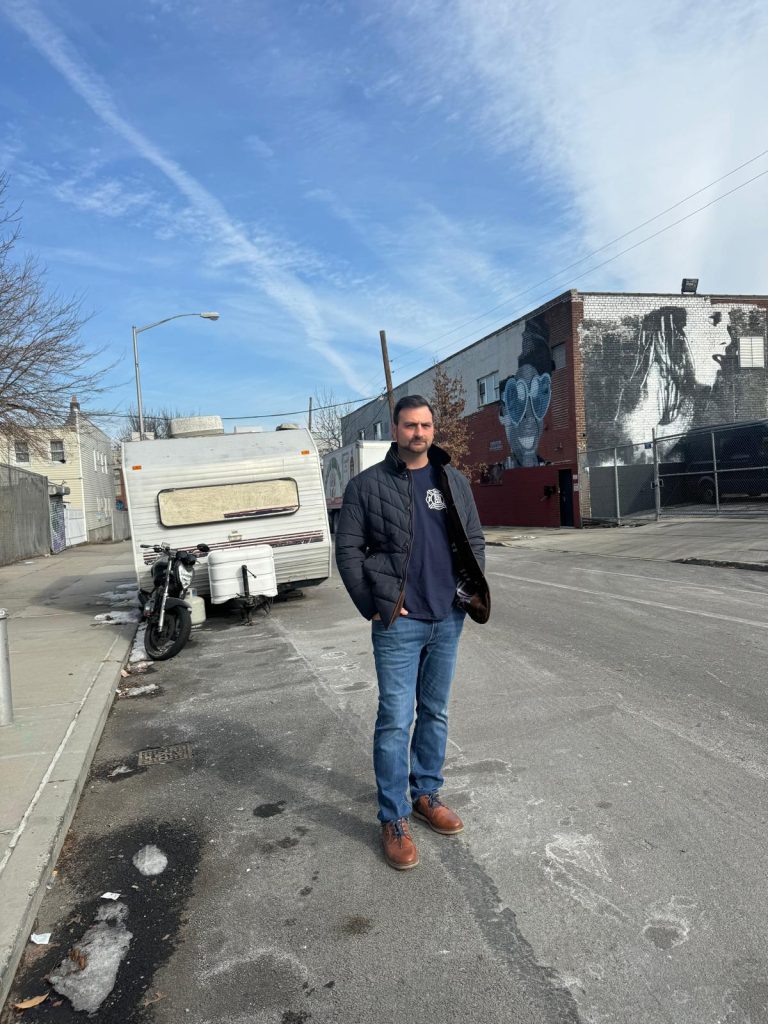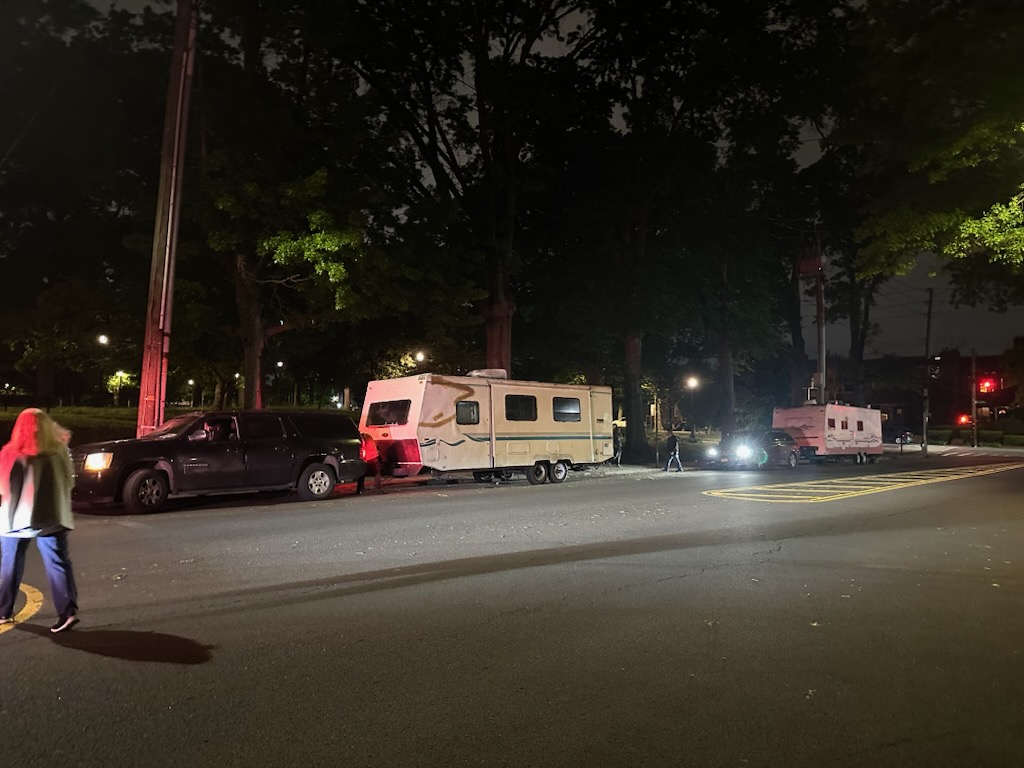Mayoral Poll Says Cuomo Can Boast and Adams is Toast
By Robert Hornak
With petitioning starting in a few weeks for anyone running for city office this year, a poll was released this week by a democratic consulting firm that wanted to get some solid insight into which of the Democrats running for mayor were connecting with the voters and what issues were motivating primary voting Democrats. A number of surprises were revealed.
First, the candidate way ahead is the one who isn’t even running yet. Not long ago it appeared that former governor Andrew Cuomo was a pariah in NY politics. Now it appears that NYC democrats see him as the savior of their party. Ten candidates were included in the poll asking if the election were held today who would you vote for, and Cuomo received a commanding 35% of the vote.
Brad Lander comes in second with 10%, then at 9% is Eric Adams and Zohran Mamdani, followed by Scott Stringer at 8%. Then at 6% is Jessica Ramos and Zellnor Myrie at 3%. 20% of the respondents were undecided and the other three candidates, Michael Blake, Jim Walden and Whitney Tilson barely registered, with 1% or less.
This, of course, is incredibly bad news for Eric Adams who is being resoundingly rejected by his party’s voters. Adams has the highest unfavorability rating at 83% (worse than Trump), and 81% disapprove of the job that Adams is doing as Mayor. On how city government is being run today, 66% give a rating of poor with only 28% rating it as fair. A shocking 85% say they don’t believe that Adams should be reelected as Mayor.
Earlier polls also showed Cuomo doing very well, leading many to assume that his strong numbers were based on name recognition, with many newcomers in the primary field. But there are some long-active, seasoned Democrats in this field, like Stringer and Lander, who have held higher office and have been relatively popular with Democrats.
When you look at the issues that these primary voters care most about, it’s not the issues that the radical leftists or Democratic Socialists are focused on. Quite the opposite, in fact, and that explains a great deal of the results for these candidates.
When asked what the most important issues are that the next mayor will have to deal with, crime and violence was the top issue at 23%, followed by quality of life at 22% and housing affordability at 19%. And, yes, this is a poll of primary voting democrats, not republicans.
Other issues that were polled included: clean up government corruption; end the migrant crisis; fix the MTA, improve schools and education; create jobs and grow the economy; and stand up for people like me.
When asked who they think would be the best person to address each of the issues, Cuomo wins by a large margin on every issue, ranging from 24% to 45%. By comparison, Adams ranges from 1% to 12%, Stringer from 3% to 24%, and Democratic Socialist favorite Mamdani from 5% to 11%.
Top issues for Democratic Socialists and radical leftists, like closing prisons and reducing sentences for criminals, getting rid of anything that runs on fossil fuels (cars, ovens, heat, etc), or using leftist approved gender pronouns and pushing gender fluidity ideology on children, are nowhere to be found in the conversation.
Interestingly, attitudes toward the Middle East conflict were not included, but it’s fair to say that many – but not all – of the candidates with decent numbers are pro-Israel.
This strong showing for Cuomo and the issues that he is seen as being strong on indicate that even in very liberal NYC, Democrats are rejecting the agenda of the far left and the DSA. Cuomo is said to be very close to announcing a run for mayor, and it appears he has the potential of walking away with a Primary win in June. And that just might be the thing that ultimately swings the Democratic Party back to focusing on the issues the voters care most about.
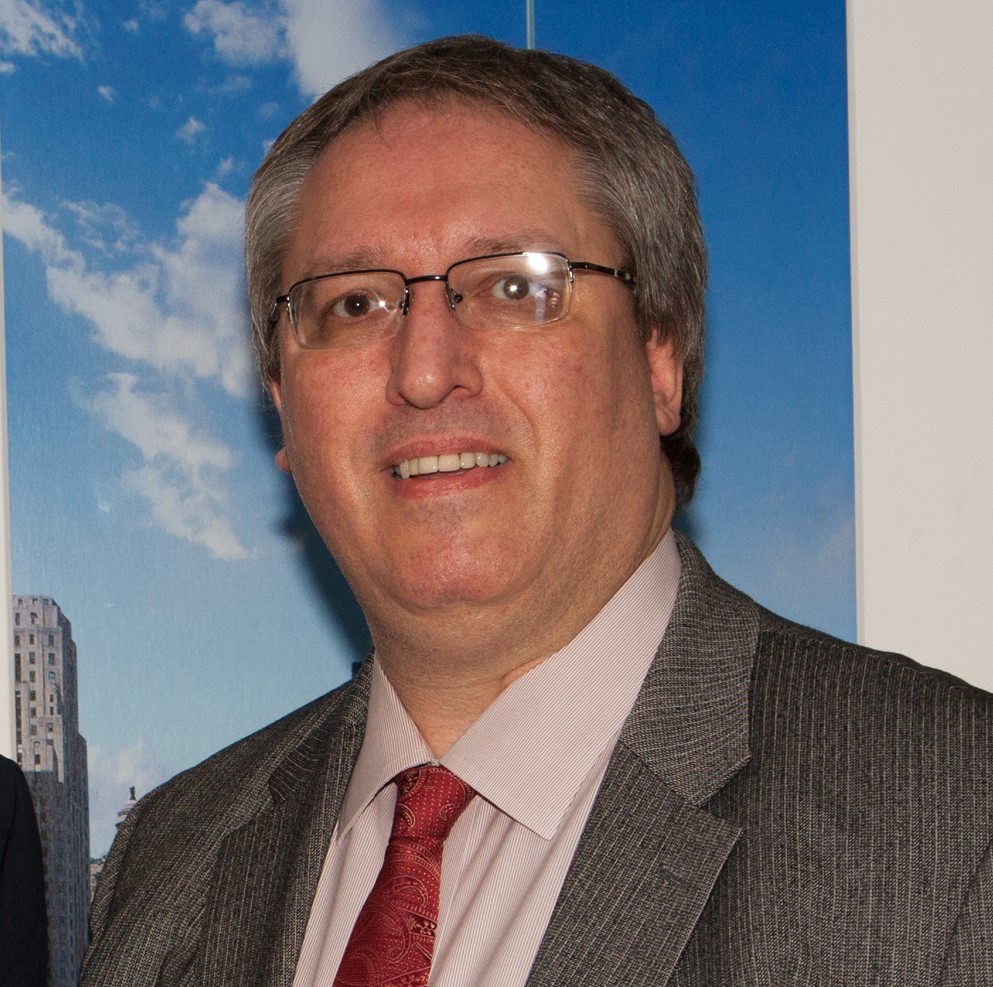
Robert Hornak is a professional political consultant who has previously served as the Deputy Director of the Republican Assembly Leader’s NYC office and as Executive Director of the Queens Republican Party. He can be reached at rahornak@gmail.com and @RobertHornak on X.




